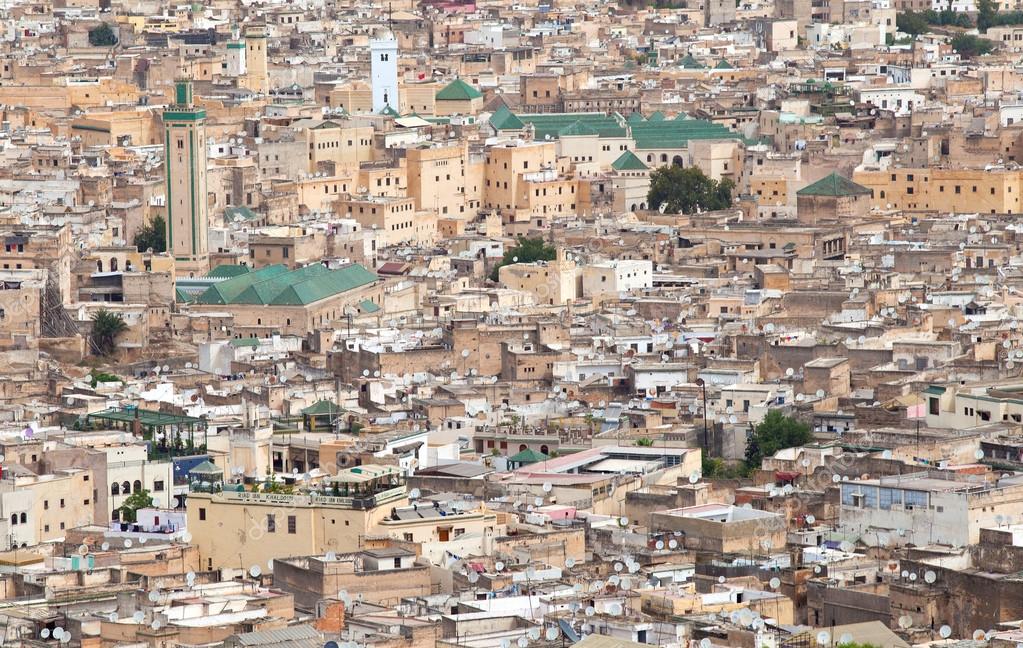

Marinid Tombs Source: saiko3p / shutterstock Marinid TombsĪ stirring panorama of Old Fez awaits you at the ruins of a royal necropolis from the Marinid Dynasty (13th to 15th centuries). There’s a cafe on the roof, for a glass of mint tea high above the chaos of the Medina.ħ. On display are furniture, doors, musical instruments, canopies and other architectural elements, as well as traditional woodworking tools. You can go in to look up at the three storeys of galleries, and peruse a showcase of artful wood-carving from the city’s past. The Funduq, commissioned by the Alaouite Sultan Ismail Ibn Sharif, is preserved as a museum for woodwork. To the side is a 19th-century saqayya, a fountain for caravans, with astonishing zellige tiles and honeycomb plasterwork. Over the portal are gossamer geometric and floral patterns, and incredibly detailed tilework. Funduq al-Najjariyyin Source: Mitzo / shutterstock Funduq Al-Najjariyyinĭrawing attention at one end of the Najjariyyin Square in the Old Medina is the magnificent five-metre gateway to this 17th-century khan (inn), crowned with an intricate cedar canopy. Now meticulously tended, the park has a large pond and water gardens where geometric fountains are festooned with zellige tiles, all bordered by geometric beds of roses, cactuses and low boxwood hedges.įor shade there are palms, orange trees, pines and an avenue of skyscraping cypresses.
#FEZ MEDINA PATCH#
Jardin Jnan Sbil Source: Mitzo / shutterstock Jardin Jnan Sbilīetween Fes el-Jdid and Fes el-Bali is the oldest park in the city, landscaped in the 18th century on the orders of Sultan Moulay Abdallah.Ī rare patch of green space where you can flee the crowds in the Medina for a few minutes, Jardin Jnan Sbil was allowed to fall into decline until the 2000s when it was replanted. It was in this period that Fez reached its cultural peak, becoming a capital and giving rise to madrasas, mosques and some of the city defences that stand today.ĥ. When people talk about the Medina, they normally mean both Old Fez (Fes el-Bali) and the newer Fes el-Jdid, founded in the 13th century during the Marinid Dynasty.

No map can make sense of this place, and you’re sure to get lost, but that’s part of the fun. This is held by many as the greatest walled city in the Arab world, where the intertwining streets are so dark and narrow that you can’t even see them from the lookouts atop the valley. What is believed to be the largest pedestrian zone in the world is an indecipherable maze of more than 9,000 mostly nameless alleys. Medina Source: Adwo / shutterstock Narrow Medina Passage, Fez Let’s explore the best things to do in Fez: 1. The alleys in Fez are as tangled as the centuries-old calligraphy, tilework and stucco that adorns the city’s palaces, mosques, madrasas and shrines. In its UNESCO-listed Medina, Fez is a multisensory journey, via the technicolor tannery pits, the clang of artisans shaping copperware and the panoply of scents that will guide you better than any map. Soon after came the 9th-century University of al-Qarawiyyin, the oldest place of higher education in the world. The bewitching Medieval city of Fez was founded on the banks of the Jawhar River in the 8th century by Idris I, a descendant of the Islamic Prophet Muhammad.


 0 kommentar(er)
0 kommentar(er)
